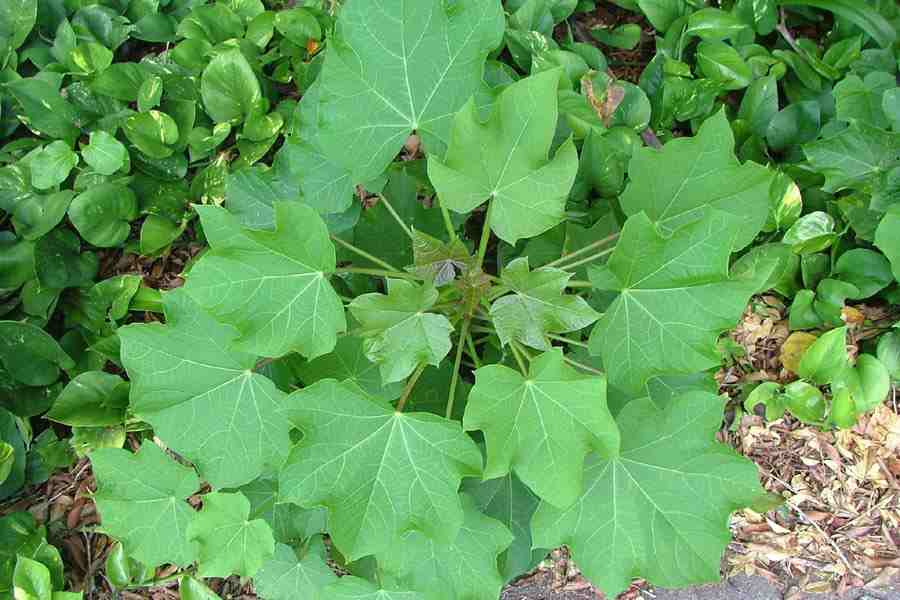Jatropha a Practical Alternative Renewable Energy
페이지 정보

본문

Constantly the biodiesel market is looking for some option to produce renewable resource. Biodiesel prepared from canola, sunflower and jatropha can change or be with traditional diesel. During first half of 2000's jatropha biofuel made the headlines as a popular and appealing option. It is prepared from jatropha curcas, a plant types native to Central America that can be grown on wasteland.

Jatropha Curcas is a non edible plant that grows in the deserts. The plant grows really rapidly and it can yield seeds for about 50 years. The oil got from its seeds can be used as a biofuel. This can be combined with petroleum diesel. Previously it has been utilized twice with algae mix to fuel test flight of industrial airline companies.
Another positive technique of jatorpha seeds is that they have 37% oil material and they can be burned as a fuel without improving them. It is also utilized for medical function. Supporters of jatropha biodiesel say that the flames of jatropha oil are smoke totally free and they are effectively tested for basic diesel engines.
Jatropha biodiesel as Renewable Energy Investment has actually drawn in the interest of lots of companies, which have checked it for automotive use. Jatropha biodiesel has been roadway checked by Mercedes and three of the automobiles have covered 18,600 miles by utilizing the jatropha plant biodiesel.
Since it is because of some drawbacks, the jatropha biodiesel have actually ruled out as a terrific eco-friendly energy. The biggest problem is that nobody knows that exactly what the productivity rate of the plant is. Secondly they do not understand how big scale cultivation may impact the soil quality and the environment as a whole. The jatropha plant requires five times more water per energy than corn and sugarcane. This raises another problem. On the other hand it is to be noted that jatropha can grow on tropical environments with yearly rains of about 1000 to 1500 mm. A thing to be noted is that jatropha requires proper irrigation in the first year of its plantation which lasts for years.
Recent survey says that it holds true that jatropha can grow on abject land with little water and poor nutrition. But there is no proof for the yield to be high. This might be proportional to the quality of the soil. In such a case it may require high quality of land and might need the very same quagmire that is faced by the majority of biofuel types.
Jatropha has one primary drawback. The seeds and leaves of jatropha are hazardous to humans and livestock. This made the Australian government to ban the plant in 2006. The government declared the plant as invasive species, and too dangerous for western Australian agriculture and the environment here (DAFWQ 2006).
While jatropha has promoting budding, there are number of research study difficulties stay. The importance of cleansing needs to be studied because of the toxicity of the plant. Along side a methodical study of the oil yield need to be carried out, this is extremely essential since of high yield of jatropha would most likely needed before jatropha can be contributed considerably to the world. Lastly it is likewise extremely important to study about the jatropha types that can make it through in more temperature climate, as jatropha is quite restricted in the tropical climates.
- 이전글What is the best free grammar checker online? 25.01.23
- 다음글What is an Option Investment and how do they Differ From Traditional Investments 25.01.18
댓글목록
등록된 댓글이 없습니다.